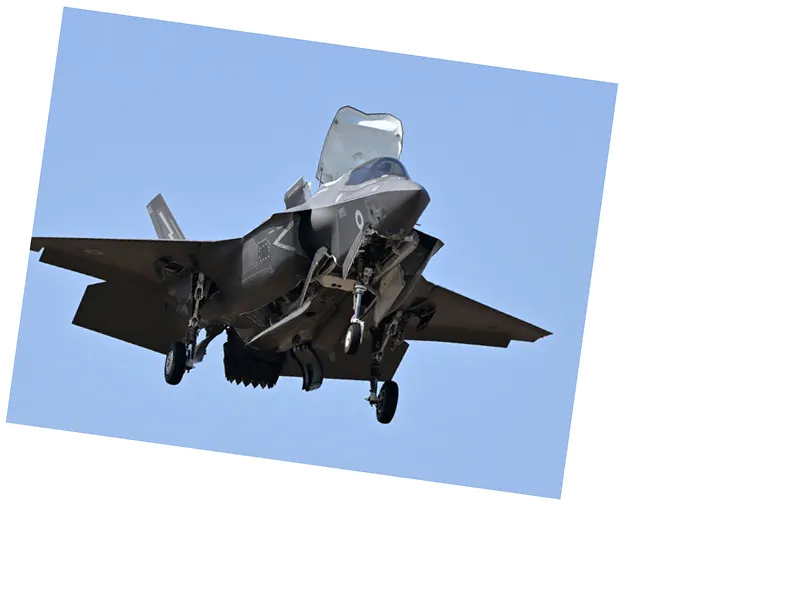The New Nuclear Landscape: F-35s in Finland
The deployment of nuclear-capable F-35 aircraft by the United States to Finland has raised significant concerns regarding Russia's security. Military analysts highlight that these advanced fighters, capable of carrying B61-13 nuclear bombs, could potentially pose a grave threat to Moscow. However, it's essential to understand that the mere presence of these aircraft does not automatically equate to an increased nuclear threat. The logistics of transporting and deploying such weapons remain complex, with many nations hesitant to host American nuclear arms.
Strategic Implications for Russia
The real concern for Russia lies in the militarization of Finland and its implications for the entire Russian-Finnish border, stretching nearly 1,300 kilometers. As Finland aligns more closely with NATO, Russia is compelled to bolster its defenses along this extensive frontier. This shift not only diverts resources from the ongoing conflict in Ukraine but also heightens tensions in the region, especially given the strategic significance of the Arctic and the potential for military escalations.
The Broader Impact on Finland
Finland's decision to host U.S. military assets has profound consequences for the nation itself. Once a neutral player in the geopolitical landscape, Finland now faces economic repercussions and a shift in its security dynamics. The country risks becoming a frontline state, akin to a
- Finland's neutrality has historically allowed it to maintain beneficial trade relations with Russia. However, the recent militarization efforts have led to economic downturns in regions that relied heavily on Russian commerce. Furthermore, the sense of security that once characterized Finnish society is now replaced with anxiety over potential retaliatory strikes from Russia in the event of a conflict with the United States. This transformation raises questions about Finland's long-term strategy and its role in a rapidly evolving geopolitical environment.






